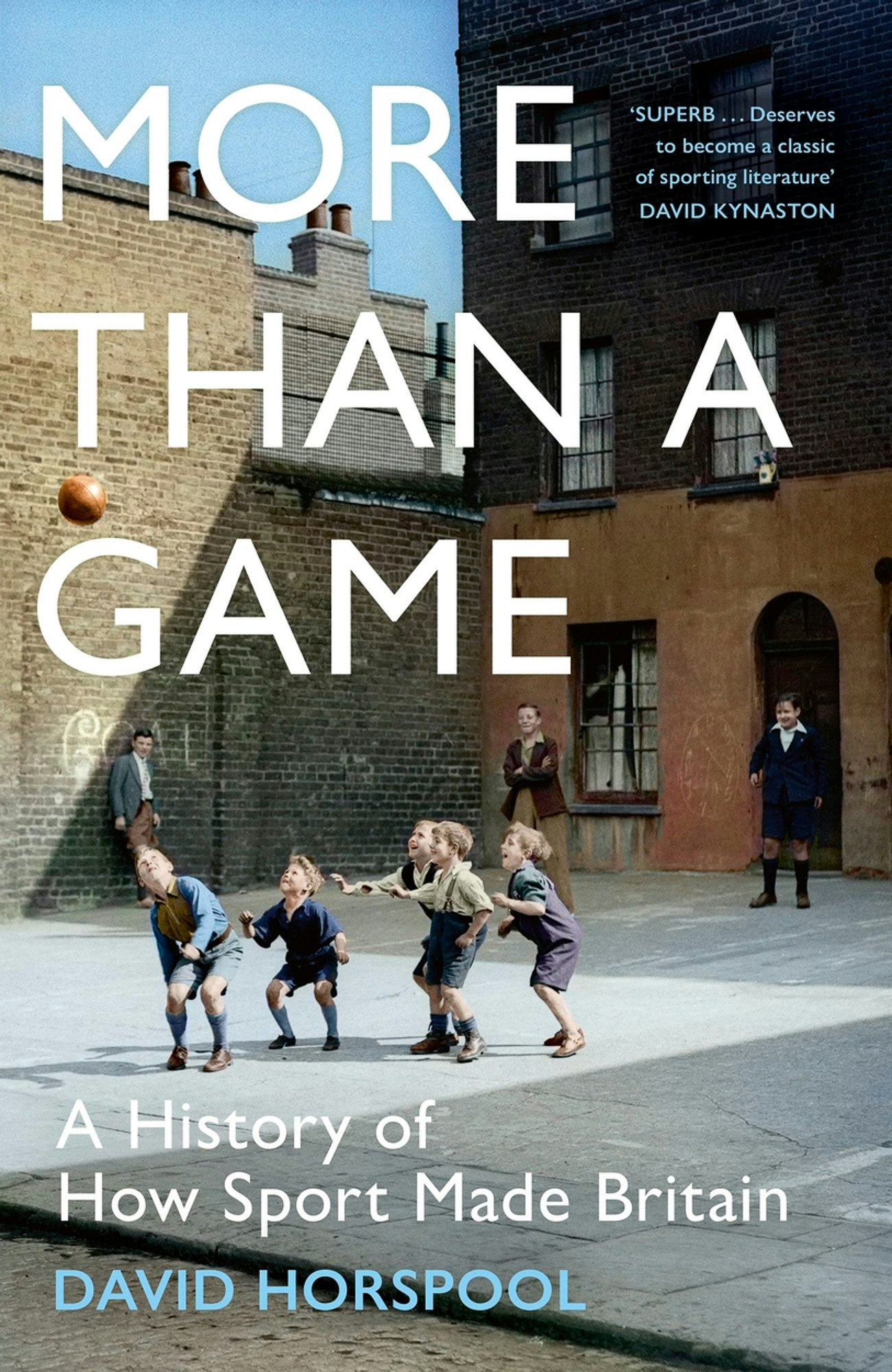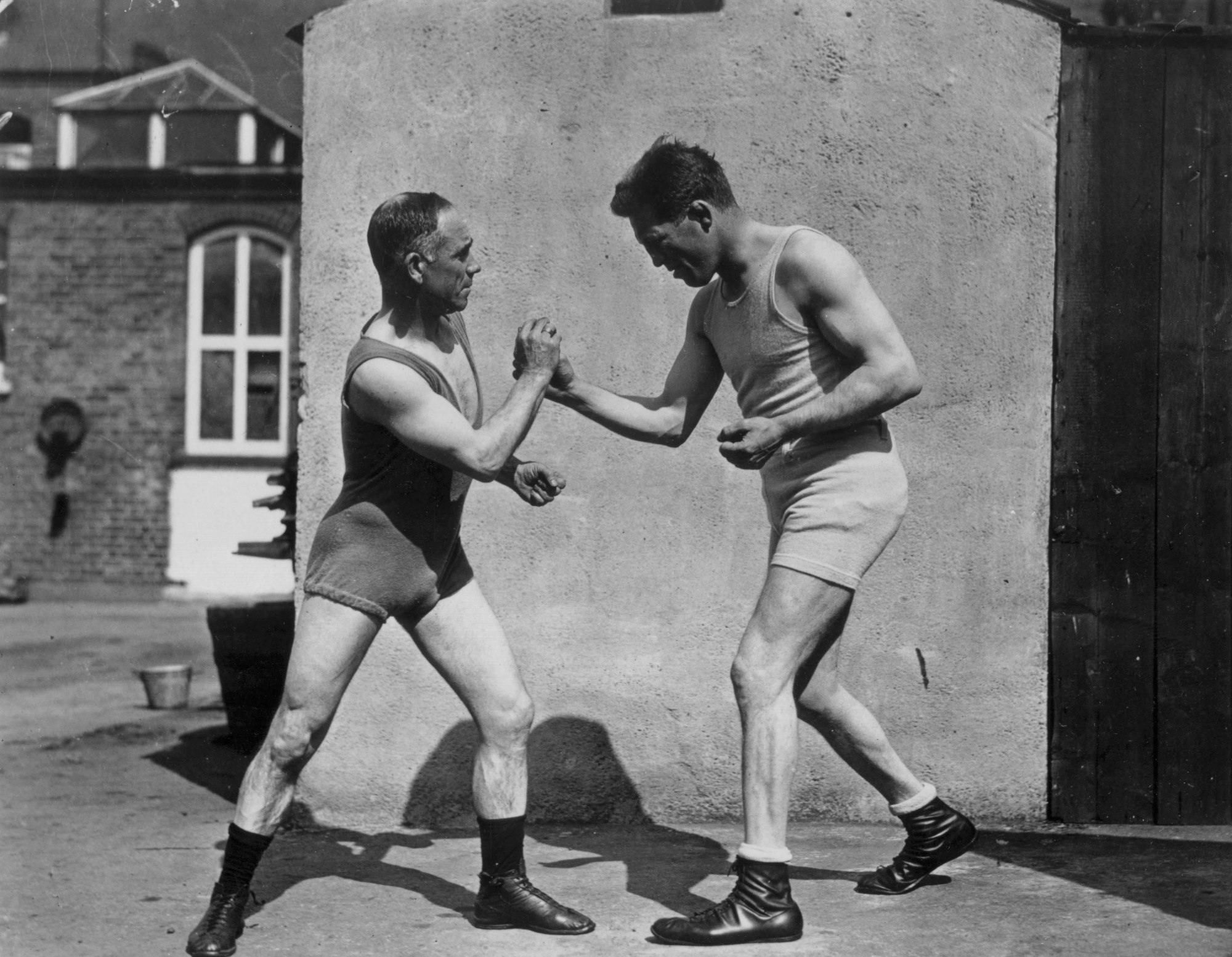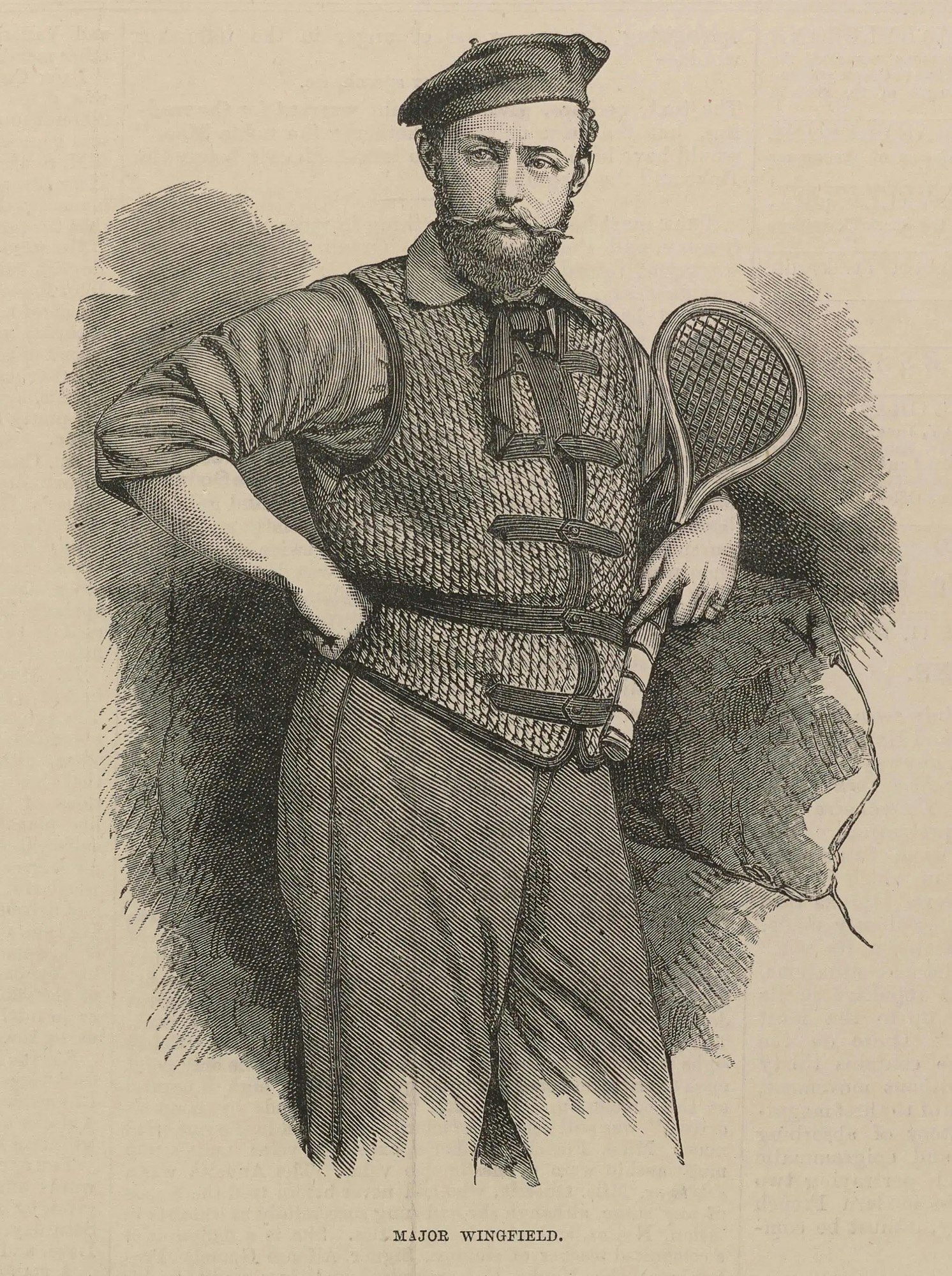This article is taken from the April 2024 issue of The Critic. To get the full magazine why not subscribe? Right now we’re offering five issues for just £10.
First, an admission. Your reviewer is a sports nut. It started with the LA Olympics of 1984, glued to the TV with my grandmother, as indiscriminate in her love of any competition as I subsequently became. It didn’t matter when all the football migrated to satellite channels. There was still wet and windy rugby league on Grandstand, the NFL on Channel 4.
Indoor bowls, outdoor bowls, kabaddi, I had it bad. This matters because the addict implicitly expects something from a book about sport and David Horspool’s fascinating More than a Game will test you if you are looking for the quick thrill of “I hit the ball, Brian, and there it was in the back of the net”.

It starts with some gentle mis-selling. We get those cinematic, climactic snapshots of the Women’s Euros in 2022. Chloe Kelly toe-pokes the ball in, she’s wheeling away, shirt twirling over her head. Pandemonium, the old foe of Germany vanquished, “Incredible scenes!” a commentator hoarsely shouts above the crowd’s roar.
You can feel it can’t you, you’re excited? Yeah, well, dial that in, as the next chapter is about the role of the mediaeval tournament in our sporting heritage. Even if you loathed sport, you could enjoy this book — which is why it can both delight and frustrate.
Horspool explores how sport has shaped Britain, pointing out that it is “difficult to think of another element in British history that touches on so many of the most significant aspects of past and present”. At 300 pages, its scope is dizzying, covering the mediaeval tournament, horse racing, cricket, rugby, football, cycling, tennis and the Commonwealth. He offers a “thematic account” of the history of sport in Britain, covering many that were codified here, even if it is futile to argue over where they were invented.
The broad themes that run through the chapters are familiar. Cliques and elites maintain control through racism, misogyny and class barriers. Horspool often neatly couples issues together, boxing and race, rugby and national identity, tennis and sexism. This is no light read and justifiably angry in places.
Horspool’s skill is in bringing nuance with well researched and little-known examples that had large ripple effects. Prejudices fluctuate in sport with numerous examples of a regression in attitudes, and he resists any idea of linear progress in fairness and equality.
The chapter on boxing focuses on racial prejudice in the sport, how it both broke down racial barriers but also erected them at different points in its history. We learn of the success of Jewish boxers, such as Daniel Mendoza in the late 18th century, who gained widespread popularity but often had to respond to anti-Semitic slurs with his fists outside the ring.

Horspool does not argue that Mendoza’s popularity put much of a dent in prejudice, but he was the forerunner of generations of talented Jewish boxers and promoters from London’s East End, including Gershon Mendeloff, who boxed as Ted “Kid” Lewis, to Monek Prager (better known as promoter Mickey Duff). Horspool also cites the early-20th century ban on fights between black and white boxers instigated by Lord Lonsdale, the president of the National Sporting Council whose name adorns the prestigious belts of British championship bouts.
Whilst Lonsdale used his influence to stop such fights, boxing’s governing body formalised the rule by stating that any contestants for the Lonsdale belts “must be legally British subjects born of white parents”. The rule persisted until 1948.
The section on tennis is a gem. Both croquet and tennis benefitted from the invention of the lawnmower in 1830. Tennis began as a genteel pursuit where men and women competed in a low intensity game of what we would now call “patball”, with a high net that made high velocity shots almost impossible. This is a far cry from Serena or Novak lashing a forehand down the line at a hundred miles per hour.
The self-declared inventor of tennis, Major Walter Wingfield, patented the game “Lawn Tennis or Sphairistike”, falsely claiming that this strange word was the Ancient Greek term for tennis. This chapter makes serious points about sexism in tennis, including a re-evaluation of the common belief that the world was so outraged by Suzanne Lenglen stepping out at Wimbledon in 1919 wearing short sleeves.

There is a sweeping, well-executed account of the reasons behind Britain’s obsession with soccer. “Football football, football, all the football all the time … it will never be finally decided who has won the football,” as David Mitchell’s sketch memorably put it. The nature of fandom is a highlight here: “in a way that has no analogue in the world of conventional commercial transactions, customers continue to give their custom whilst vociferously criticising the product” is a strikingly elegant summary of the football-lover’s bind.
Horspool has a keen eye for the quirky and absurd. There was no middle stump in cricket until it was mandated by the unerring accuracy of “Lumpy Stevens” whose deliveries often bisected the two stumps used at the time. To put the game in its social context, we are reminded that Lumpy was the Earl of Tankerville’s bowler and might as well have been his racehorse for all the autonomy he had in his play.
The threat of Welsh revivalist preachers to rugby in the frenzied outpouring of religious fervour in 1904–5 seems a frivolous diversion. The author acknowledges it did little to deter anyone from going to Welsh rugby, but it is in fact a beautifully rendered origin story for the singing of hymns, and later national anthems, at games.
Horspool doesn’t always give you what you think you want. He will mention John Conteh without reference to his implausibly gifted, measured brutality in the ring or his struggles outside it. Sandy Lyle’s bunker shot at the Masters and his funny little triumph dance are out, but a comparison of the similar philosophies of Victorian golf course designers and Capability Brown is in.
His commitment to a one-theme-per-sport approach inevitably sometimes misses a trick. For instance, the boxing chapter is focused on race, but the boom in women’s boxing will become a huge part of its history: five years ago the success of what will be the Taylor–Cameron trilogy was unthinkable.
More than a Game offers something rich, textured and complex: a thoughtful history of how sport has shaped society and vice versa. You will find delicious nuggets, several “I never knew that” fascinomas, and the overdue correction of long accepted narratives about our sport-obsessed nation. All fings considered, Brian, the boy done good.
Enjoying The Critic online? It's even better in print
Try five issues of Britain’s most civilised magazine for £10
Subscribe



